We humans think we’re pretty tuned in with our five senses, but animals? They’re on a whole other level. Across the animal kingdom, creatures have developed some mind-blowing senses that let them experience the world in ways we can barely imagine. Here are 14 amazing senses animals have that would make us humans feel like we’re missing out on some serious superpowers.
1. Sensing Emotions Through Smell (Dogs)

Dogs are emotional detectives, thanks to their super-sensitive noses. They can smell the hormone changes that happen when we’re stressed, happy, or anxious, and pick up on our emotions through scent alone. This amazing ability to “read” emotions is why dogs make such empathetic companions and great buddies. They can literally smell how we’re feeling and respond to it without us saying a word.
2. Electroreception (Sharks and Rays)
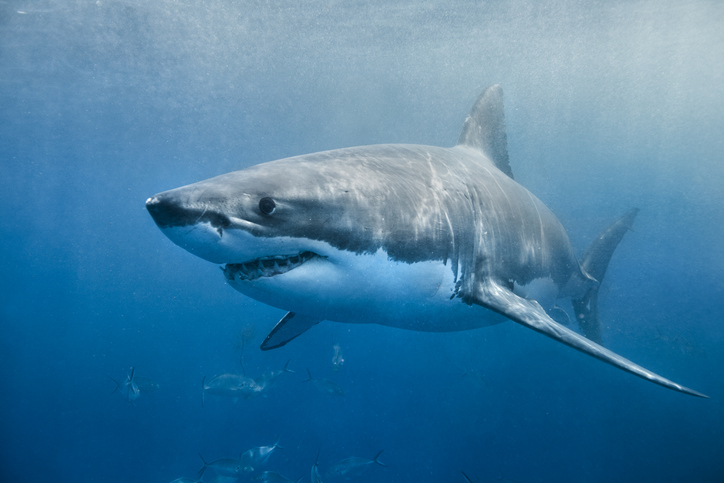
Sharks and rays have the crazy ability to sense electric fields given off by other animals, thanks to electroreception. They pick up these signals with special pores around their snouts, which means they can sense the movement of prey hiding in sand or under rocks. It’s like a sixth sense that makes hiding from a shark almost impossible. Not that we’d try…
3. Magnetoreception (Birds, Turtles, and Bees)

Some animals, like birds, turtles, and even bees, can “feel” Earth’s magnetic field. This sense, called magnetoreception, acts like an internal GPS that helps them navigate thousands of miles when migrating. Turtles use it to find the exact beach where they were born, while birds can fly over oceans without ever getting lost like a built-in compass.
4. Infrared Vision (Snakes) 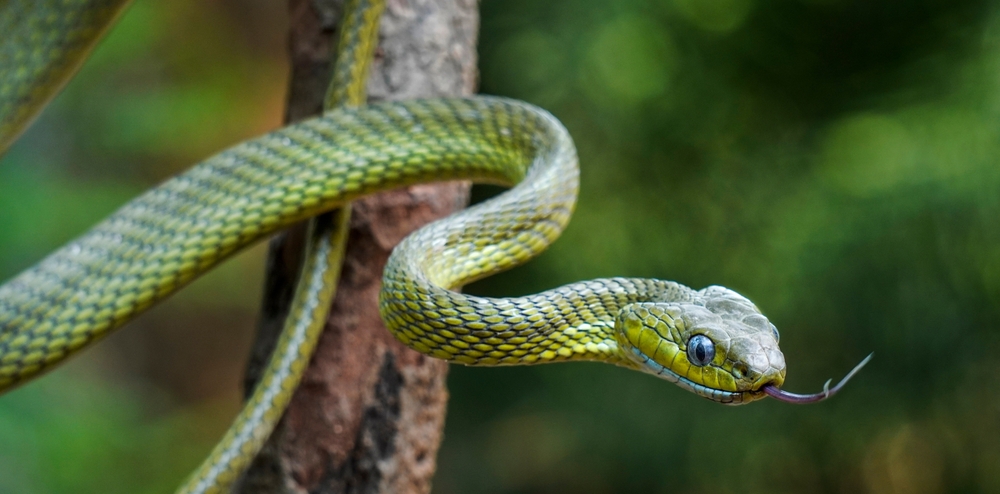 provided by Shutterstock
provided by Shutterstock
For certain snakes, like pit vipers, seeing in the dark isn’t an issue because they sense infrared—essentially, body heat. They have heat-sensitive pits near their eyes that let them pick up the warmth of other animals so they can strike accurately, even in complete darkness. Think of it as like having night-vision goggles, but built right into their faces.
5. Ultraviolet (UV) Vision (Birds, Bees, and Reindeer)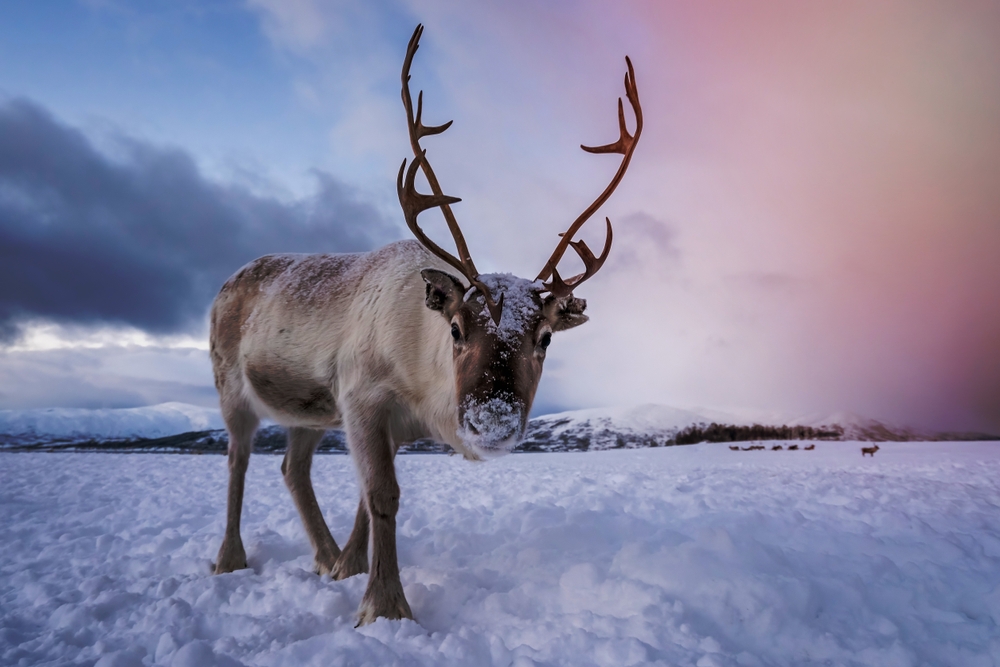 provided by Shutterstock
provided by Shutterstock
While we’re stuck seeing only visible light, animals like birds, bees, and reindeer can see ultraviolet (UV) light. For bees, UV vision highlights patterns on flowers, directing them to nectar. Birds use UV vision to see markings on feathers, while reindeer can see predators against the snowy landscape in UV light which gives them a sense of sight that us humans just can’t even fathom.
6. Sensing Vibrations (Elephants)

Elephants have a unique way of staying in touch—literally. They can sense vibrations through the ground, picking up distant thunder or the movements of other elephants miles away. They do this through their feet and trunks, and it’s like having a “ground radar” that keeps them connected to what’s going on far beyond their line of sight. A superpower for staying in the loop, elephant-style.
7. Whisker Sensitivity (Cats and Dogs)

Cats and dogs both have extremely sensitive whiskers, which help them detect subtle changes in their surroundings. Whiskers can pick up vibrations and shifts in air currents which allows them to sense objects around them without even touching them directly. This is especially useful in dark or tight spaces, helping cats avoid obstacles and dogs navigate narrow paths.
8. Barometric Pressure Sensitivity (Dogs)

Many dogs can sense changes in barometric pressure, which gives them a “weather sense.” This ability allows some dogs to detect when a storm is approaching before it even begins. If you’ve ever noticed your dog acting anxious or hiding before a thunderstorm, it could be their barometric sensitivity kicking in. It’s their way of staying safe and alert to changing weather.
9. Chemoreception (Cats and Dogs)
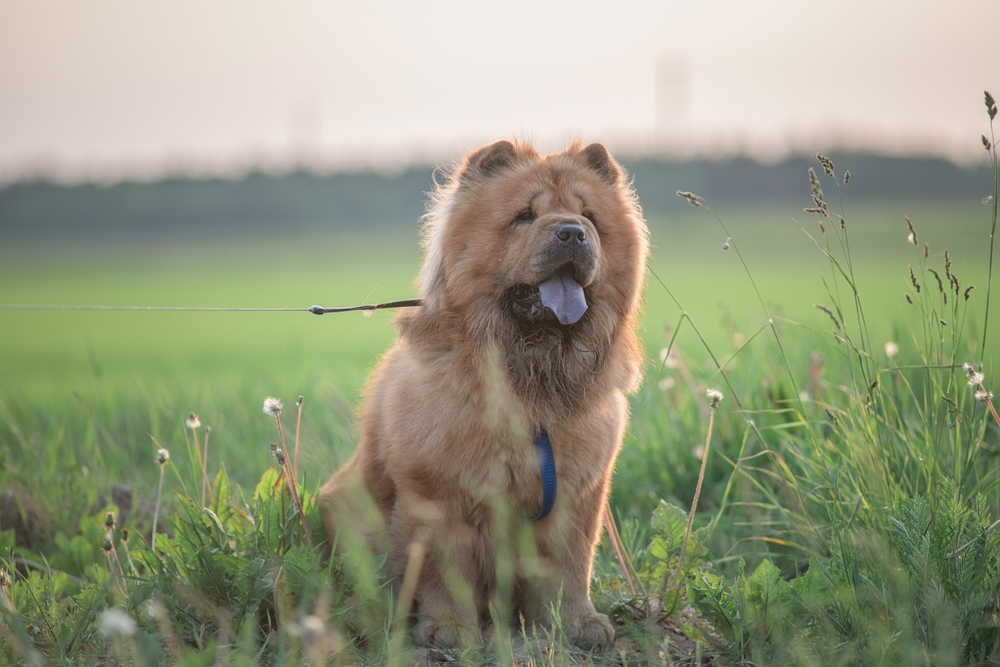
Cats and dogs have a highly developed sense of smell that includes chemoreception, or the ability to detect chemical signals in their environment. Cats use this sense to mark territory and identify other animals, while dogs rely on it to “read” scents from other animals, people, and food. Think of it like a sensory map that helps them gather information about the world around them.
10. Temperature Detection (Cats)

Cats have specialized skin receptors that help them detect temperature changes, which is why they often find the warmest spots in the house. This sense basically means that they’re never cold because they’ve tracked down the warmest nook, a trait inherited from their wild ancestors. It’s also why your cat might curl up on electronics or sunny spots—their built-in “heat detector” always leads them to the coziest places.
11. Scent-Based Navigation (Dogs)

Dogs rely heavily on their sense of smell for navigation. Their strong noses can “map” scents in the environment, helping them remember routes and identify familiar places. This scent-based navigation is why dogs can find their way home from surprising distances. It’s like their own GPS powered by their super-sensitive sense of smell.
12. Echolocation (Some Blind Cats and Dogs)

While it’s not typical, some blind cats and dogs can develop a type of echolocation to help them navigate. By making soft sounds, they listen for the echoes to gauge the distance of nearby objects. This makes it easier for them to move confidently, even without sight. It’s a clever adaptation and shows just how resilient and resourceful animals can be when they lose one of their primary senses.
13. Detecting Electric Currents in Water (Platypus)
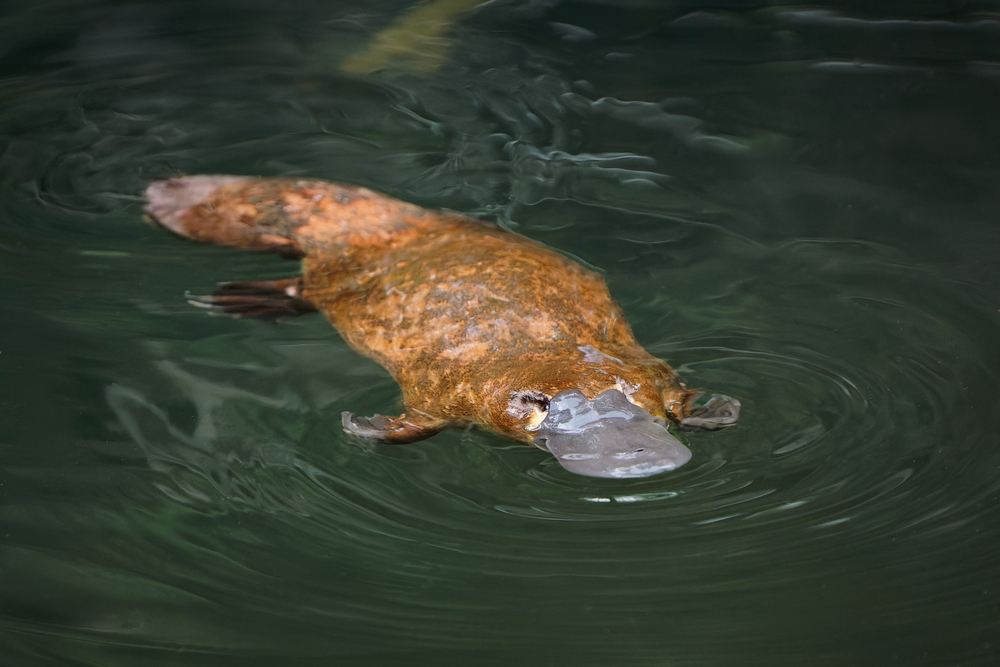
The platypus is equipped with a bill that can detect electric currents in the water. This means they can sense the tiny electric signals given off by the muscles of prey, like shrimp or fish. Even with their eyes, ears, and nose closed underwater, they can zero in on dinner without missing a beat.
14. Detecting Osmotic Pressure (Frogs and Fish)

Frogs and some fish can detect osmotic pressure, which helps them sense changes in water salinity. This is especially handy for fish that migrate between freshwater and saltwater, helping them adjust to different environments. It’s a subtle, yet powerful adaptation that lets them thrive where others might struggle.
